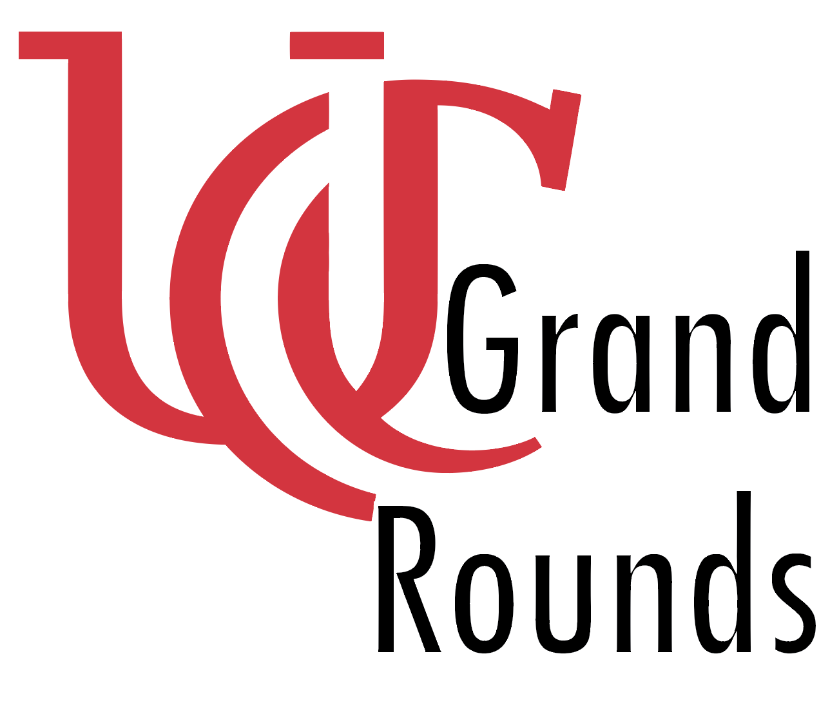'Twas a fantastic grand rounds. Drs. Banning and Golden started it off taking us through the most recent evidence for management of sub-massive and massive PE, as well as presenting their algorithm to be published on Emergency KT. This was followed by a global health lecture given by Dr. Lagasse, which covered a range of re-emerging infectious diseases. Next, Dr. Bryant took us through multiple pediatric cases, and discussed her approach in determining whether to discharge, transfer, or treat pediatric patients with common / representative complaints. Dr. Adeoye then took us through the history and development of our current approach to the management of acute ischemic stroke. Dr. LaFollette then took us through an evidence based approach to removing things from where they shouldn't be in his edition of mastering minor care, discussing approaches to removing retained objects from ears and skin. We then finished the conference with two interesting cases: One presented by Dr. Sabedra that was followed by a discussion on the diagnosis and management of massive hemoptysis, and the other presented by Dr. Dang illustrating the differences and similarities hyperthermic toxidromes including NMS and serotonin syndrome as well as their management.
Read More


















